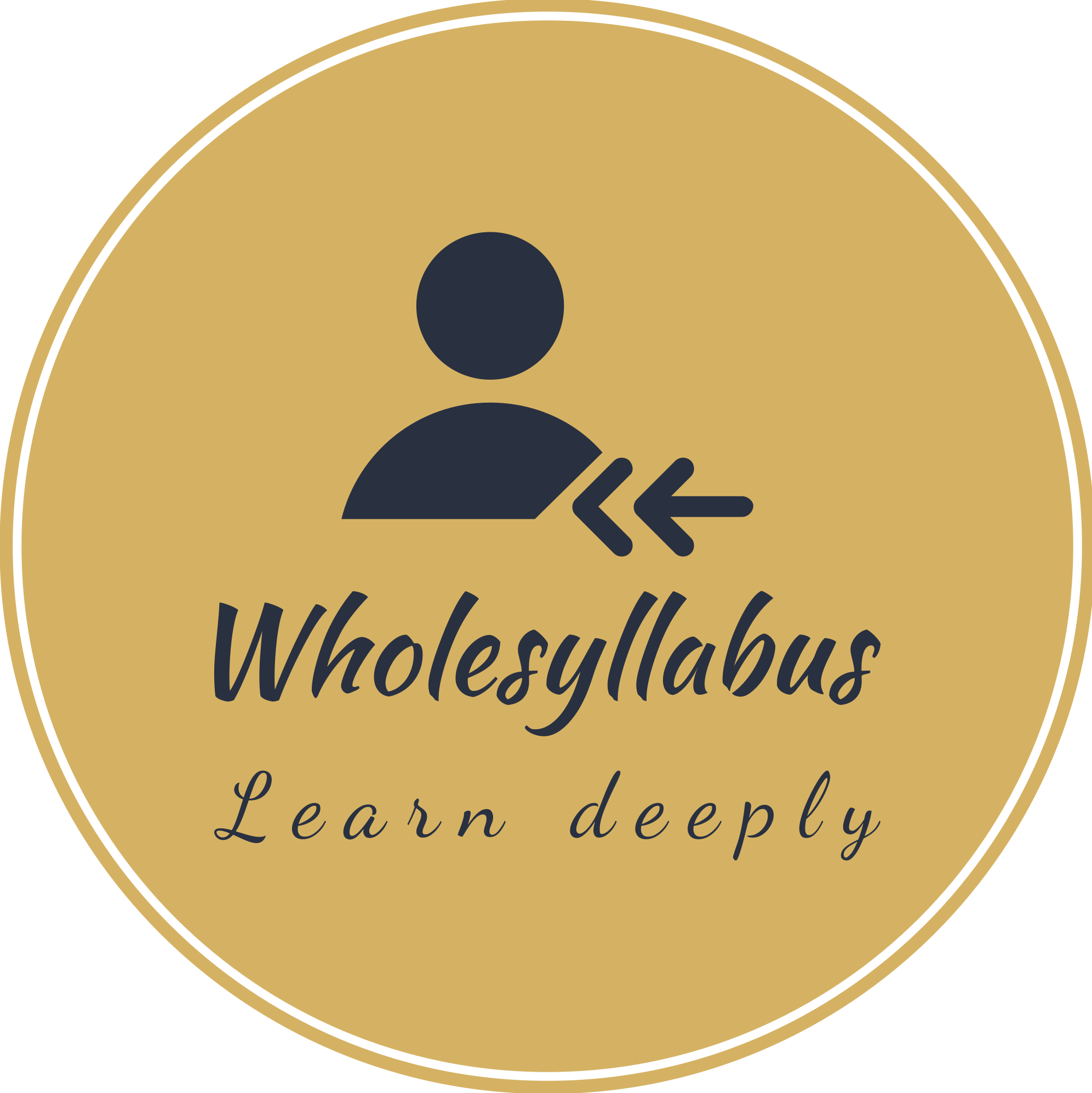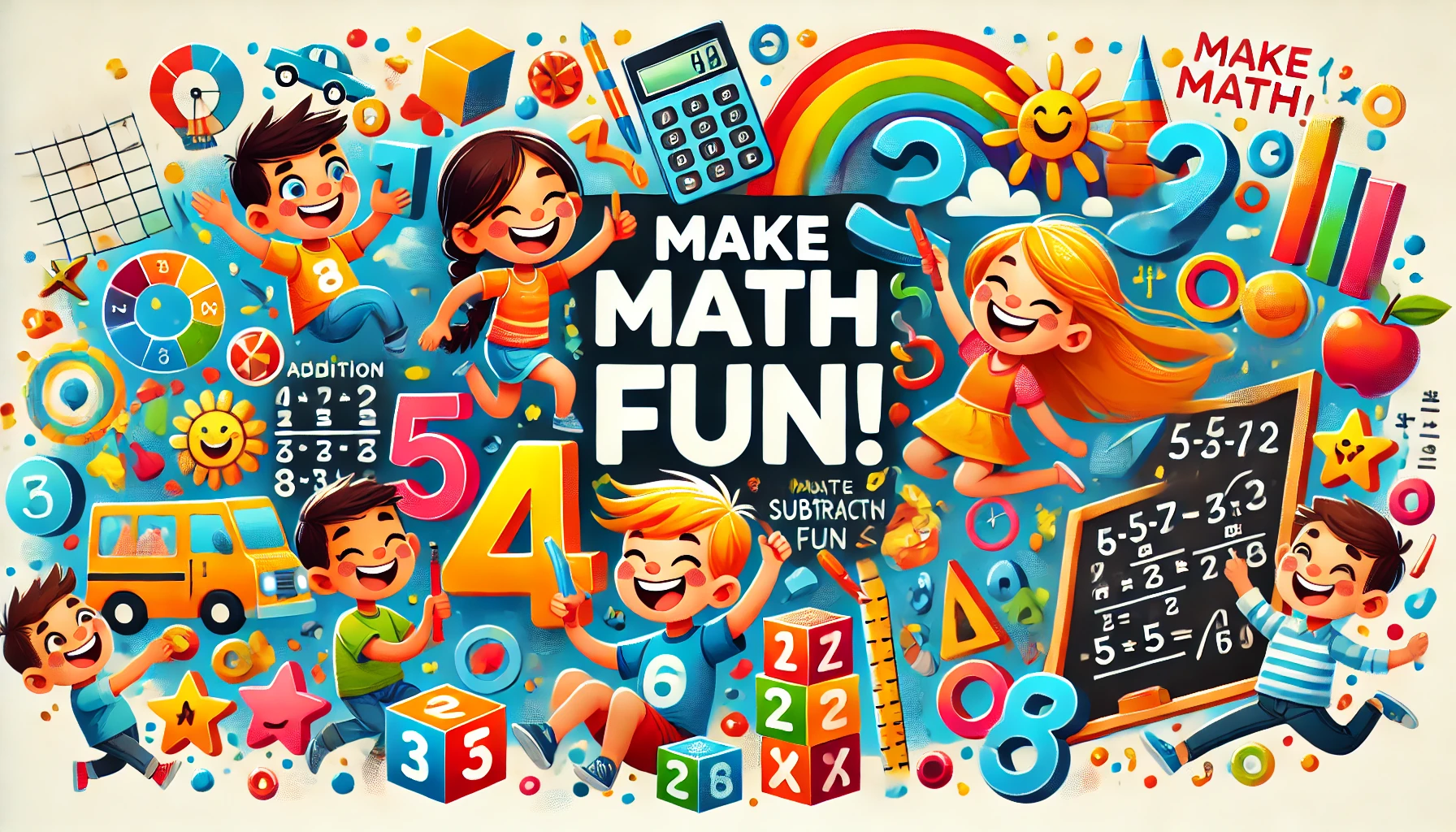For many kids, math can feel like a daunting subject, full of numbers and rules that seem far removed from real life. But it doesn’t have to be that way! With a bit of creativity, math can be transformed into an exciting adventure, full of games, hands-on learning, and real-world applications.
If you’re a parent, teacher, or caregiver looking to make math more engaging for your child, this article is packed with practical tips and fun activities that will make learning math a breeze. Let’s dive into some exciting math games and strategies that not only teach essential skills but also make math enjoyable.
Make Math Part of Everyday Life
One of the best ways to make math fun is by integrating it into daily activities. You don’t always need to sit down with a textbook or worksheet—math is all around us!
Practical Tip: Turn Shopping into a Math Lesson
- The next time you go grocery shopping, challenge your child to keep track of the total cost of items in the cart. Can they estimate the total before checkout? If you’re sticking to a budget, ask them to help find deals or figure out the cost per unit.
- For older kids, you can introduce the concept of percentages by asking them to calculate discounts on items.
Why It Works: This approach not only helps with addition, subtraction, and estimation but also introduces kids to financial literacy in a fun, real-world setting.
Play Math Games That Don’t Feel Like Math
Kids love games, so why not turn math into a game they can’t resist? With a variety of math-based games, kids will learn without even realizing it.
Practical Tip: Try “Math Bingo” for Quick Problem-Solving
- Create Bingo cards with simple math problems in each square, like addition or multiplication problems. For example, “5 + 7” or “6 x 4.” Call out the answers, and kids have to find the corresponding problem on their card.
- You can make the game more challenging by introducing time limits or adding trickier problems as kids improve.
Why It Works: Kids get the thrill of winning while sharpening their math skills. Plus, it encourages quick thinking and problem-solving.
Turn Screen Time into Learning Time
We all know that kids love their screen time, so why not use it to your advantage? There are many interactive online math games that can make learning exciting.
Practical Tip: Use Math Apps and Websites
Websites like CoolMathGames or MathPlayground offer a range of free math games that cater to different age groups and skill levels. These platforms make math interactive, colorful, and most importantly—fun.
For a more personalized learning experience, try apps like Khan Academy Kids or Prodigy which offer math lessons tailored to your child’s specific needs.
Why It Works: These resources transform screen time into educational time, turning a potentially passive activity into one that challenges kids to think critically and solve problems.
Bring Math to Life with Hands-On Activities
Kids learn best when they can see and touch what they’re working with. That’s why hands-on activities are so effective—they make abstract math concepts feel real.
Practical Tip: Use Legos for Math Challenges
- Grab a box of Legos and have your child build structures that represent math problems. For example, you could ask them to create a tower using exactly 10 blocks, but they can only use blocks in groups of 2.
- Or, challenge them to build shapes and objects that represent fractions or solve addition and subtraction problems using the Legos as counters.
Why It Works: This activity combines play and learning, helping kids develop spatial reasoning and math skills in a way that’s both creative and engaging.
Encourage Problem-Solving with Puzzles and Riddles
Puzzles and riddles are an excellent way to build problem-solving skills and make math feel like an adventure.
Practical Tip: Try “Math Riddle Time” at Home
- Make it a habit to ask your child a fun math riddle or puzzle each day. For example: “I am a number. When you multiply me by 2 and add 3, the result is 11. What number am I?” (Answer: 4)
- You can even create a riddle jar, filling it with math problems and letting your child pull out one to solve during dinner or before bed.
Why It Works: Riddles and puzzles make math feel less like a chore and more like a challenge to be solved. It also encourages logical thinking and creativity.
Use Art to Visualize Math Concepts
For kids who love to draw and create, using art can make math more relatable and visual. Whether it’s drawing fractions or illustrating geometry concepts, art can make abstract ideas come to life.
Practical Tip: Create a “Fraction Pizza”
- Draw a large pizza on a piece of paper and divide it into different slices. Ask your child to color in specific fractions of the pizza: “Can you color 1/4 of the pizza green?” or “What if we eat 2/8 of the pizza—how many slices are left?”
- This hands-on activity helps kids understand fractions visually and practically.
Why It Works: Combining math with art helps kids grasp complex concepts like fractions, geometry, and proportions while tapping into their creativity.
Get Active with Math Games
Some kids just can’t sit still—and that’s okay! There are plenty of math games that get kids up and moving, making learning math a physical and fun experience.
Practical Tip: Set Up a “Math Relay Race”
- Create stations around your home or classroom where kids must solve a math problem before moving to the next station. The faster they solve each problem, the quicker they can finish the race!
- You can tailor the problems to your child’s skill level, starting with simple addition and subtraction for younger kids and moving up to multiplication, division, or even fractions for older ones.
Why It Works: This activity blends physical activity with problem-solving, helping kids focus and burn off energy while practicing their math skills.
Incorporate Math into Cooking
Cooking is a fantastic way to teach kids math in a real-world setting. From measuring ingredients to understanding fractions, the kitchen is a math playground!
Practical Tip: Make “Math Muffins” Together
- The next time you bake, ask your child to help you measure ingredients. For example, if the recipe calls for 1 cup of flour, challenge them to measure it using only a ¼ cup or a ½ cup.
- As they get more confident, introduce more complex tasks like doubling or halving recipes to practice multiplication and division.
Why It Works: Cooking teaches math through practical, hands-on experiences, making abstract concepts like fractions and measurements much easier to understand.
Conclusion: Math Can Be Fun!
Math doesn’t have to be boring or intimidating. By incorporating these fun activities into your child’s routine, you can transform math from something they dread into something they enjoy. Whether it’s through games, hands-on projects, or real-world applications, there are countless ways to make math an exciting part of everyday life.
With these tips and activities, you’ll be setting your child up for success—helping them not only improve their math skills but also develop a love for learning that will last a lifetime.
Looking for more creative ideas? Check out our latest post on Fun Math Activities for Kids!
How can I make math fun for kids?
Making math fun for kids involves blending learning with engaging activities that don’t feel like traditional lessons. Here are some practical tips:
Turn Math into a Game: Use math games like Bingo, puzzles, or apps that make math feel like play. Websites such as MathPlayground and CoolMathGames offer fun, interactive ways to practice math skills.
Incorporate Math into Daily Life: Ask kids to help with grocery shopping or cooking. This can teach them to add prices, calculate change, or use fractions when measuring ingredients.
Use Hands-On Activities: Building with Legos or drawing geometric shapes lets kids explore math concepts in a tangible, creative way.
Reward Problem-Solving: Create challenges or riddles that allow kids to solve problems to earn rewards, making math feel like a game rather than work.
What are fun math activities for 9-year-olds?
Nine-year-olds are usually learning multiplication, division, and fractions, so activities that build these skills while keeping them entertained are ideal:
Math Bingo: Create Bingo cards with math problems. Call out answers, and the kids match them to the problems on their cards. It’s competitive and fun!
Fraction Pizza: Have kids draw a pizza and color in different fractions. This makes fractions easier to understand by relating them to something they love—food!
Multiplication War: Using a deck of cards, each player flips two cards over and multiplies the numbers. The player with the highest product wins the round.
Math Relay Race: Set up stations with math problems. Kids solve each one and race to the next station, combining math with physical activity.
How do you teach math in an interesting way to kids?
Making math interesting requires mixing creativity with practical applications:
Incorporate Technology: Use educational apps and websites like Prodigy or Khan Academy Kids to make learning more interactive. These apps are tailored to a child’s learning level and offer rewards for progress.
Hands-On Learning: Use physical objects like blocks, coins, or measuring cups to teach concepts like addition, subtraction, and fractions.
Real-Life Applications: Show how math applies to real-world tasks. For example, let kids measure ingredients while cooking or calculate distances during a road trip.
Story-Based Problems: Create math word problems around stories or characters they love. This helps kids visualize the problem and makes it more engaging.
What is the most fun math game?
There are many great math games, but one of the most fun and widely recommended is Prodigy. This online game turns math problems into an adventure where kids battle monsters by solving math equations. It’s engaging, visually stimulating, and adapts to their skill level.
Another great option is Math Jeopardy, where kids can play against each other or in teams, answering math questions in a game-show format. It’s competitive, interactive, and exciting.
How to make math interactive?
Making math interactive involves using tools and techniques that allow kids to actively participate in their learning process:
Use Digital Games and Apps: Platforms like CoolMathGames and MathGames provide interactive games that let kids practice skills in a fun way. The immediate feedback these games offer helps kids stay motivated.
Incorporate Physical Activities: Create math scavenger hunts where kids have to solve problems to find clues, or set up relay races with math challenges at each station.
Use Visual Aids: Visual learners benefit from tools like graphs, diagrams, or even art. Drawing shapes, coloring fractions, or using interactive whiteboards makes math more hands-on.
Collaborative Group Work: Get kids to work in teams to solve math challenges. This fosters communication, teamwork, and makes learning math a social activity.

Nawab is an experienced educator with a decade of teaching across preschool to K-12 levels. Holding both a graduate degree and a diploma in elementary education, he is passionate about fostering learning environments that inspire young minds. In addition to his teaching career, Nawab has been actively blogging and writing content for the past four years, sharing insights and resources for educators and parents alike.

